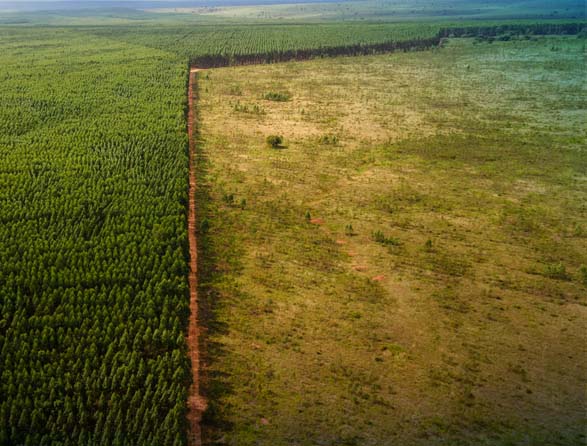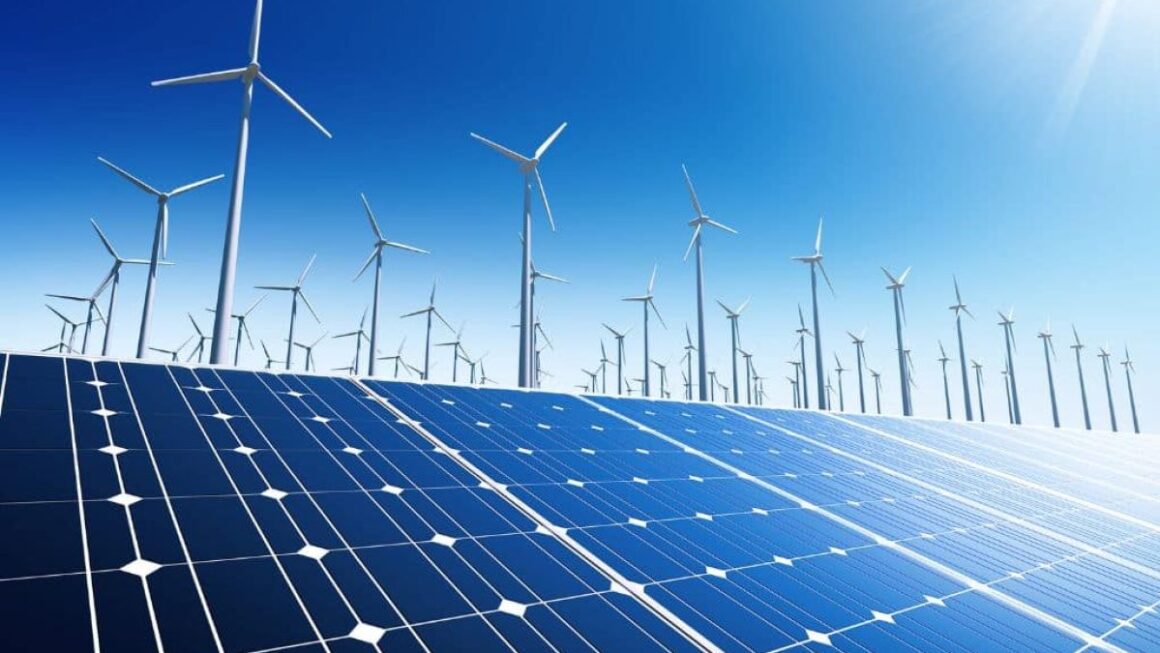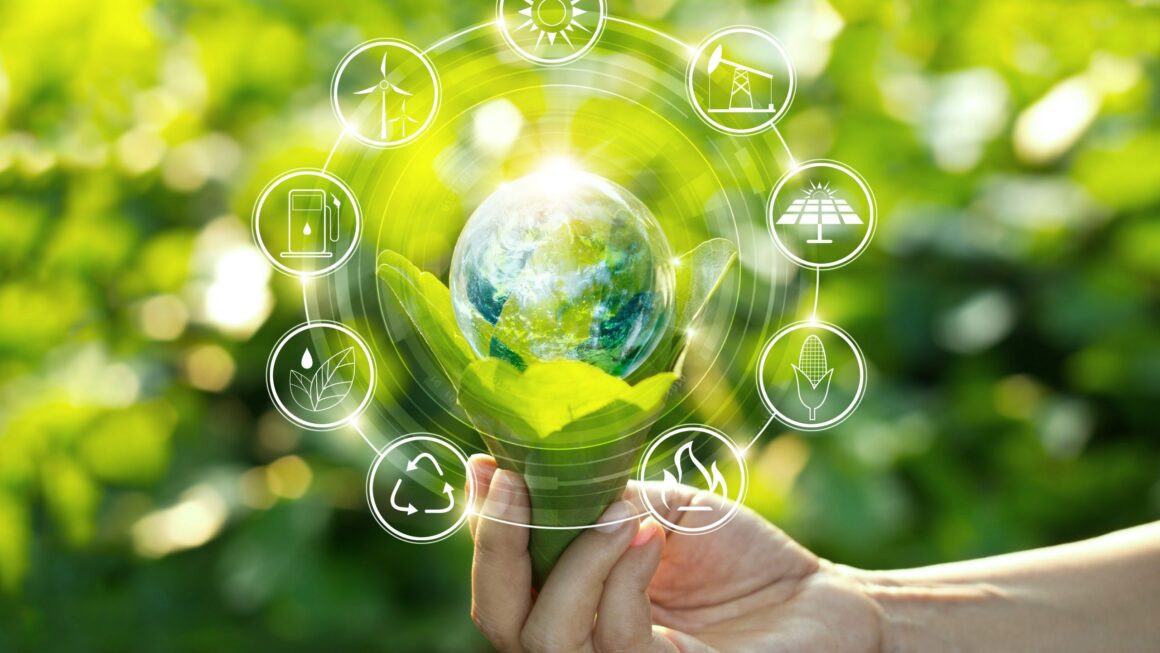Biodiversity, which refers to the variety of life on Earth—encompassing ecosystems, species, and genetic diversity—is crucial for the health of our planet. Healthy ecosystems provide essential services such as clean air, water, food, and climate regulation. However, biodiversity is in rapid decline, and many species are threatened with extinction. Understanding the key drivers of biodiversity loss is vital to addressing this growing crisis and working towards conservation efforts.
In this article, we will explore the primary factors driving biodiversity loss and how they impact ecosystems globally. By understanding these drivers, we can better formulate strategies to mitigate the damage and protect the planet’s natural heritage.
1. Habitat Destruction and Fragmentation
The destruction of natural habitats—such as forests, wetlands, grasslands, and coral reefs—is one of the leading causes of biodiversity loss. Human activities like urbanization, industrialization, and agriculture have resulted in the clearing of vast areas of land that once provided homes for countless species.
Why Habitat Destruction is a Key Driver:
- Loss of Home: Habitat destruction eliminates the places where species live, feed, and reproduce. Without these habitats, many species cannot survive.
- Fragmentation: Even when habitats are not entirely destroyed, they may be fragmented, leaving species with smaller, isolated patches of land. This isolation prevents gene flow and reduces genetic diversity, making populations more vulnerable to diseases, environmental changes, and inbreeding.
Examples:
- Deforestation in tropical rainforests (e.g., the Amazon) has been linked to the loss of countless species, including endangered animals like jaguars and sloths.
- Urban sprawl and infrastructure development often fragment natural ecosystems, making it difficult for species to migrate or find mates.
2. Climate Change
Climate change is rapidly altering the Earth’s climate systems, resulting in shifts in temperature, weather patterns, and seasonal cycles. These changes are having a profound impact on biodiversity, with many species struggling to adapt to new conditions.
Why Climate Change Drives Biodiversity Loss:
- Changing Habitats: As temperatures rise, many species are forced to move to cooler areas, but not all species can migrate quickly enough to adapt to new environments.
- Altered Phenology: Climate change disrupts natural cycles like migration, breeding, and flowering times, making it difficult for species to synchronize their life cycles.
- Increased Frequency of Extreme Weather: More frequent droughts, floods, wildfires, and storms make ecosystems more vulnerable and decrease species survival rates.
Examples:
- Coral reefs are highly sensitive to temperature changes and ocean acidification caused by climate change. Warming waters lead to coral bleaching, endangering marine life.
- Polar species like the polar bear are struggling to find suitable habitats as Arctic ice melts due to rising global temperatures.
3. Pollution
Pollution, including air, water, and soil contamination, is a significant threat to biodiversity. Chemical pollutants, plastic waste, and excess nutrients from agricultural runoff can harm ecosystems and species in multiple ways.
Why Pollution Contributes to Biodiversity Loss:
- Toxicity: Many pollutants are toxic to species, causing diseases, deformities, and death. Pesticides, heavy metals, and plastic waste are particularly harmful to wildlife.
- Eutrophication: Excessive nutrients from fertilizers lead to the overgrowth of algae in freshwater and marine ecosystems, which depletes oxygen levels, leading to “dead zones” where few species can survive.
- Contamination of Habitats: Polluted environments disrupt the natural functioning of ecosystems, making them inhospitable for many species.
Examples:
- The Gulf of Mexico has been experiencing “dead zones” due to agricultural runoff, which has caused severe declines in fish and shellfish populations.
- Microplastics are pervasive in oceans, impacting marine life, particularly seabirds, fish, and invertebrates, who mistake plastic for food.
4. Overexploitation of Species
Overexploitation occurs when humans harvest species at rates faster than they can reproduce and replenish their populations. This includes activities such as hunting, fishing, logging, and collecting plants and animals for trade.
Why Overexploitation Drives Biodiversity Loss:
- Population Declines: Overhunting or overfishing can rapidly reduce species populations, pushing them toward extinction.
- Disruption of Ecosystems: The removal of certain species can have cascading effects on ecosystems. For example, the extinction of a top predator can lead to an overabundance of prey, disrupting the balance of the ecosystem.
Examples:
- Overfishing has decimated fish populations in many oceans, including the collapse of Atlantic cod stocks.
- The illegal wildlife trade is driving many species, including elephants and rhinoceroses, toward extinction due to poaching for ivory, horns, and other body parts.
5. Invasive Species
Invasive species are non-native species that are introduced to new environments, often due to human activity. These species can become harmful to native ecosystems by outcompeting, predating, or spreading diseases to native species.
Why Invasive Species Contribute to Biodiversity Loss:
- Competition for Resources: Invasive species often have no natural predators in their new environment, allowing them to outcompete native species for food, space, and other resources.
- Predation and Disease: Some invasive species are predators or carry diseases that can decimate native populations.
- Alteration of Ecosystems: Invasive species can alter the structure and function of ecosystems, making them less hospitable for native species.
Examples:
- The introduction of the zebra mussel to North American lakes has caused severe damage to aquatic ecosystems by outcompeting native mussel species and clogging water intake systems.
- In Australia, the introduction of the cane toad has led to the decline of many native species that are poisoned or outcompeted by the toads.
6. Agricultural Expansion
Agriculture is one of the primary drivers of habitat destruction and biodiversity loss. The expansion of agricultural land for crop cultivation and livestock grazing directly removes natural habitats and alters ecosystems.
Why Agricultural Expansion Contributes to Biodiversity Loss:
- Deforestation: The conversion of forests, wetlands, and grasslands into agricultural land leads to the destruction of ecosystems that many species rely on.
- Pesticides and Herbicides: The widespread use of chemicals in agriculture can poison species and disrupt food webs.
- Monoculture Farming: Large-scale monoculture farming reduces biodiversity by promoting the growth of a single crop, which creates a less resilient ecosystem and reduces the availability of habitats for wildlife.
Examples:
- The Amazon rainforest is being cleared at an alarming rate to make way for soybean plantations and cattle ranching, threatening species like the jaguar and the Amazon river dolphin.
- In many parts of the world, small-scale farms are being replaced by industrial agriculture, leading to the loss of diverse ecosystems that once supported a wide range of species.
7. Land Use Change and Urbanization
As the global population grows, more land is being converted for urban development, including cities, roads, and infrastructure. Urbanization fragments habitats, reduces green spaces, and increases human-wildlife conflicts.
Why Urbanization Contributes to Biodiversity Loss:
- Loss of Natural Areas: The development of cities and infrastructure directly eliminates habitats for wildlife, particularly in ecologically rich areas like wetlands, forests, and coastal zones.
- Pollution and Fragmentation: Urban environments generate pollution, noise, and light that negatively affect wildlife. Additionally, roads and buildings fragment habitats, making it difficult for species to migrate or find mates.
- Introduction of Human-Wildlife Conflicts: As urban areas expand, wildlife populations often come into conflict with human settlements, resulting in animal displacement, roadkill, or other fatal consequences.
Examples:
- The expansion of cities and infrastructure often leads to habitat loss for species like birds, amphibians, and mammals. Urban sprawl along the coastlines is threatening species like sea turtles and coastal birds.
- In the United States, roadways and urbanization have fragmented habitats, leading to declines in species like the American bison and the Florida panther.
Conclusion
The loss of biodiversity is a complex issue driven by a range of human activities. Habitat destruction, climate change, pollution, overexploitation, invasive species, agricultural expansion, and land use changes are all contributing to the rapid decline of biodiversity worldwide. These drivers are interconnected, and tackling them requires global cooperation, conservation efforts, and sustainable practices across industries.
By addressing these key drivers, we can protect ecosystems, safeguard endangered species, and ensure that future generations can enjoy a planet rich in biodiversity. The preservation of biodiversity is not just a moral imperative, but a necessity for the continued health of our planet and human well-being



